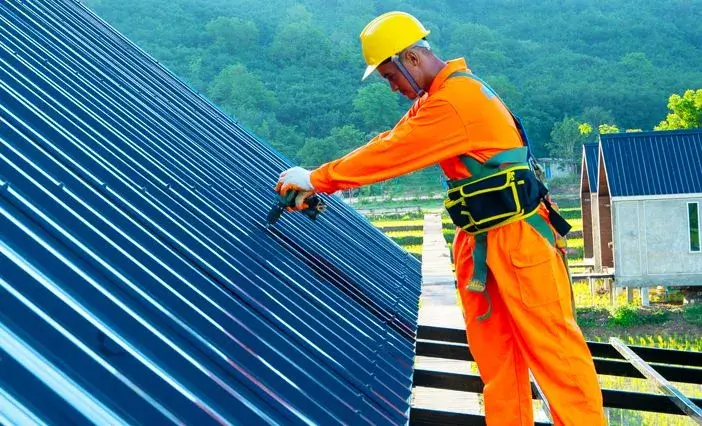A Guide to Roofing Solutions for the Australian Mining Sector
The Australian mining sector operates in some of the continent’s most challenging environments. From the intense heat of the Pilbara to the cyclonic conditions in the north, infrastructure must be built to last. Roofing, in particular, plays a fundamental role in protecting valuable assets, machinery, and personnel. Selecting the right materials and design is essential for longevity and operational continuity on any mine site.
Choosing a suitable roofing system requires careful consideration of local environmental factors. For operations based in Western Australia, the considerations for industrial structures are distinct. The expertise found in specialised industrial roofing Perth providers is often tailored to these unique demands, focusing on materials that can withstand extreme UV exposure, high winds, and temperature fluctuations. This localised knowledge helps ensure that roofing installations perform effectively over their intended lifespan.
The right roofing solution contributes significantly to the safety and efficiency of a mining operation. A well-designed roof protects against the elements, reduces maintenance costs, and can even improve energy efficiency within buildings. This guide explores the different roofing options available for the Australian mining sector, highlighting materials and designs suited for these demanding conditions.
Material Selection for Mining Environments
The choice of material is the foundation of a durable roofing system. Several options are available, each with specific benefits for mining applications.
Metal Roofing
Steel roofing is a popular choice for its strength, durability, and fire resistance. Coated steel, such as products with specialised paint systems or metallic coatings, offers enhanced protection against corrosion, which is a major concern in coastal or industrial areas. These systems are lightweight relative to their strength, which can simplify the construction process for large-scale industrial buildings like processing plants and workshops. Their ability to be manufactured in long, continuous sheets also minimises the number of joins, reducing potential points for water ingress.
Fibreglass and Polycarbonate Sheeting
For areas requiring natural light, such as maintenance workshops or storage facilities, translucent sheeting is an effective option. Modern fibreglass and polycarbonate materials are engineered to be impact-resistant and can withstand harsh UV radiation without becoming brittle. Integrating these materials with metal roofing systems allows for naturally lit interior spaces, reducing the reliance on artificial lighting and lowering energy consumption.
Design Considerations for Remote Sites
Beyond materials, the design of the roof structure is vital for performance. In cyclonic regions, roofing systems must be engineered to meet specific wind-loading standards outlined in the Building Code of Australia. This involves secure fastening systems, appropriate roof pitch, and structural bracing to prevent uplift during extreme weather events.
Proper drainage is another important design feature. Roofs on large industrial buildings must manage significant volumes of water during heavy rainfall. Guttering systems and roof profiles should be designed to shed water efficiently, preventing pooling that can lead to corrosion or structural damage. For remote sites, designing low-maintenance systems is also a priority to minimise the need for frequent and costly repairs.


Comments are closed.